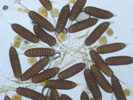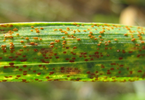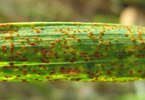Tree of Life Media Contributed By Merje Toome
| ID | Thumbnail | Media Data | ||||||||||||||||||||||||||
|---|---|---|---|---|---|---|---|---|---|---|---|---|---|---|---|---|---|---|---|---|---|---|---|---|---|---|---|---|
| 48341 |

|
|
||||||||||||||||||||||||||
| 49457 |

|
|
||||||||||||||||||||||||||
| 49487 |
|
|
||||||||||||||||||||||||||
| 49488 |

|
|
||||||||||||||||||||||||||
| 49489 |

|
|
||||||||||||||||||||||||||
| 49490 |

|
|
||||||||||||||||||||||||||
| 49638 |

|
|
||||||||||||||||||||||||||
| 49639 |

|
|
Please note: Most images and other media displayed on the Tree of Life web site are protected by copyright, and the ToL cannot act as an agent for their distribution. If you would like to use any of these materials for your own projects, you need to ask the copyright owner(s) for permission. For additional information, please refer to the ToL Copyright Policies.
 This media file is licensed under the
This media file is licensed under the 
 Go to quick links
Go to quick search
Go to navigation for this section of the ToL site
Go to detailed links for the ToL site
Go to quick links
Go to quick search
Go to navigation for this section of the ToL site
Go to detailed links for the ToL site